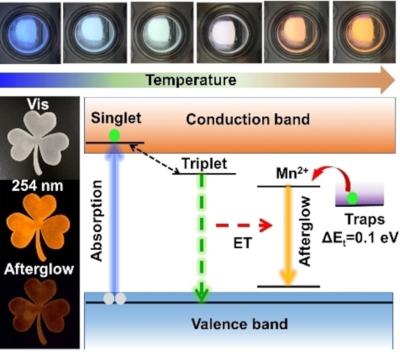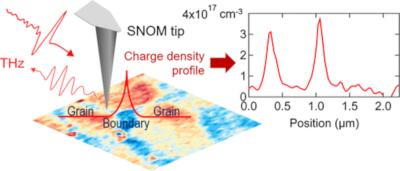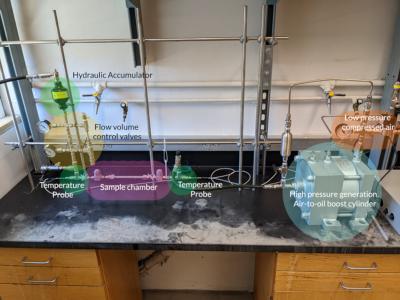Researchers develop efficient perovskite-based afterglow material
An international research group, led by Dr. Yang Bin from the Dalian Institute of Chemical Physics (DICP) of the Chinese Academy of Sciences (CAS), has developed cadmium (Cd)-based perovskite single crystals with long afterglow and high luminous quantum yield, and investigated its afterglow luminescence dynamics mechanism.
Afterglow materials have the ability to store multiple radiations such as visible photons, ultraviolet rays, and X-rays. They are widely used in display, biological imaging, anti-counterfeiting technology, and data storage. However, traditional all-inorganic phosphors, such as oxide, sulfide, and nitride-based afterglow materials, have high lattice energy and usually need to be produced by high-temperature processing (>1000°C), which brings considerable energy consumption and safety risks to production and preparation.






